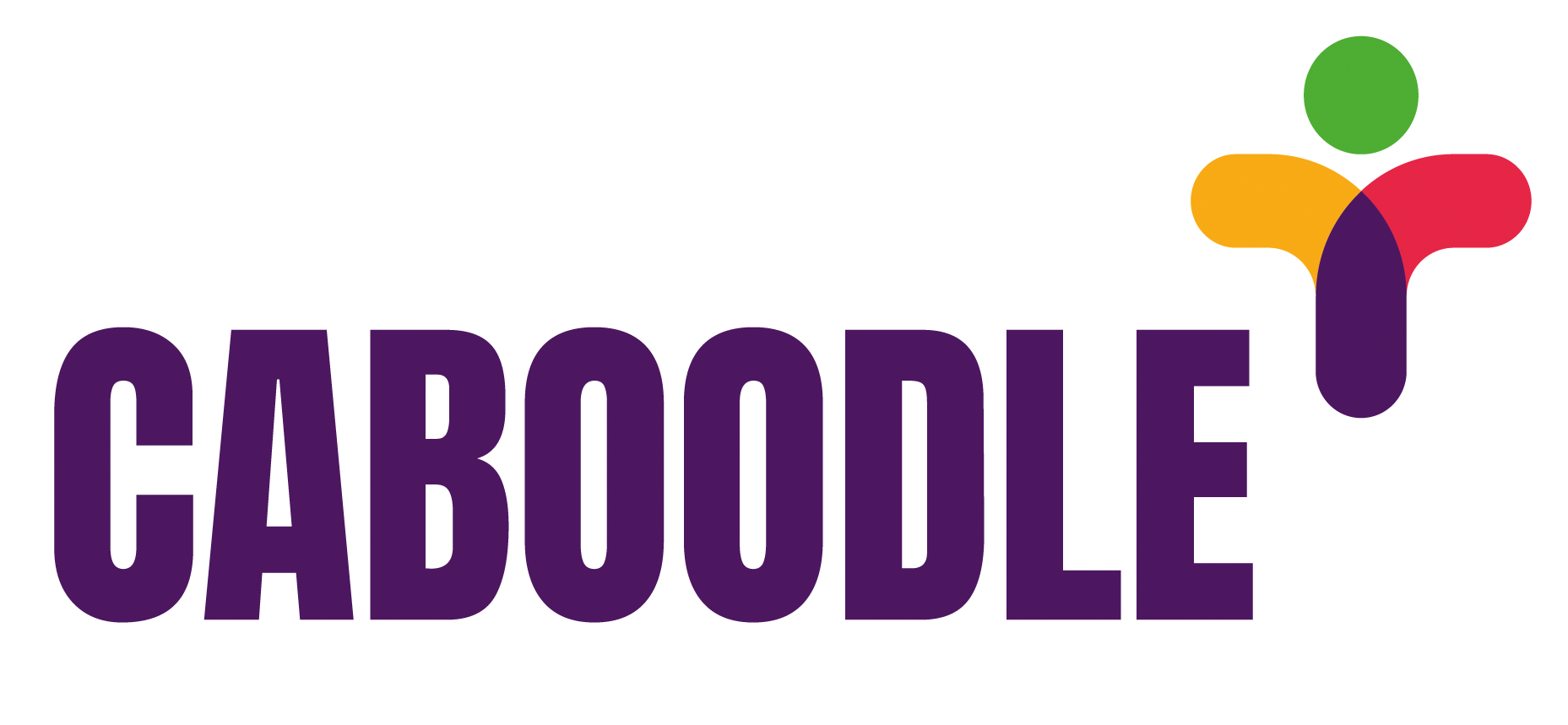In the non-profit sector, the language used to communicate with charity donors is crucial. This case study illustrates the importance of making charity donors feel valued and appreciated, transforming them into heroes of the cause.
Initial Engagement: The Power of Gratitude
A lady once donated £5 to a charity. The key to maintaining her support was how the charity responded to her donation. Rather than focusing on the organisation, they focused on the donor.
- Swift Appreciation: She received a thank you letter that made her the hero. Instead of saying “give £5 to the Fluffy Bunny Rabbit Society and we will save the life of a fluffy bunny rabbit,” the message was “give £5 and you will save the life of a fluffy bunny rabbit.” This shift in language made the charity donor feel more valued.
Building a Relationship With Charity Donors: Continuous Communication
Following her initial donation, the charity invited her to sign up for a newsletter. This newsletter served multiple purposes:
- Providing Value: It offered advice helpful to the charity donor and her family.
- Fundraising Opportunities: It included subtle calls to action for further donations.
- Impact Reports: It highlighted the positive impacts of the charity, reinforcing her contributions.
Feeling engaged and appreciated, she increased her donation to £5 per month, which in turn earned her a higher level of customer care. The charity personally thanked her over the phone and explored her motivations for donating, making her feel even more valued.

Deepening Involvement: Active Participation
As she continued to read the newsletter, she decided to participate in a fundraising event, a parachute jump, through which she raised a few hundred pounds. This further increased her level of involvement and recognition within the charity.
- Personal Touches: She received Christmas and birthday cards, adding a personal touch that made the charity donor feel valued and supported.
- Exclusive Invitations: She was invited to special nurturing events, where stakeholders and supporters gathered to showcase the charity’s work.
Leadership and Legacy: Long-term Commitment
At one such event, she agreed to form a fundraising committee, which operated for about eight years and at its peak, raised approximately £25,000 annually. Her dedication was recognised with:
- High-Level Acknowledgements: The CEO sent her a video thank you, and she was featured in a two-page spread in her local newspaper.
- Personal Recognition: She was often invited to speak at events, further solidifying her importance to the charity.
Final Contribution: A Lasting Impact
When she passed away, she left £3,000 in her will to the charity. Reflecting on her journey, she mentioned that out of the five charities she supported, this charity made her feel the most valued.
This case study highlights that the real gold lies in giving charity donors a rewarding experience that keeps them coming back. By making charity donors feel appreciated and involved, organisations can secure ongoing support and inspire donors to become ambassadors for their cause.
To learn more about how we can help support you with your charity, please get in touch with our team or learn more about what we do!

